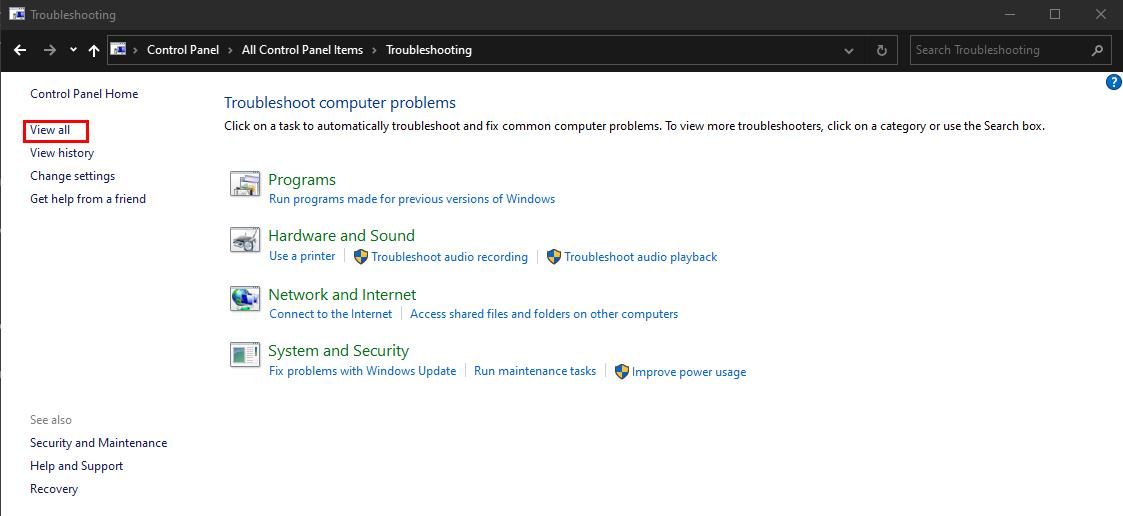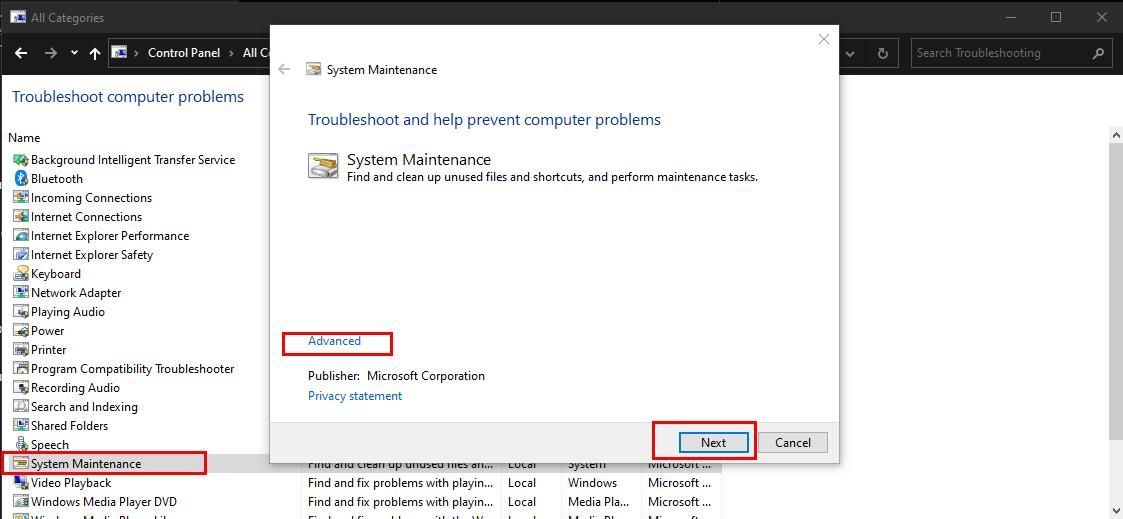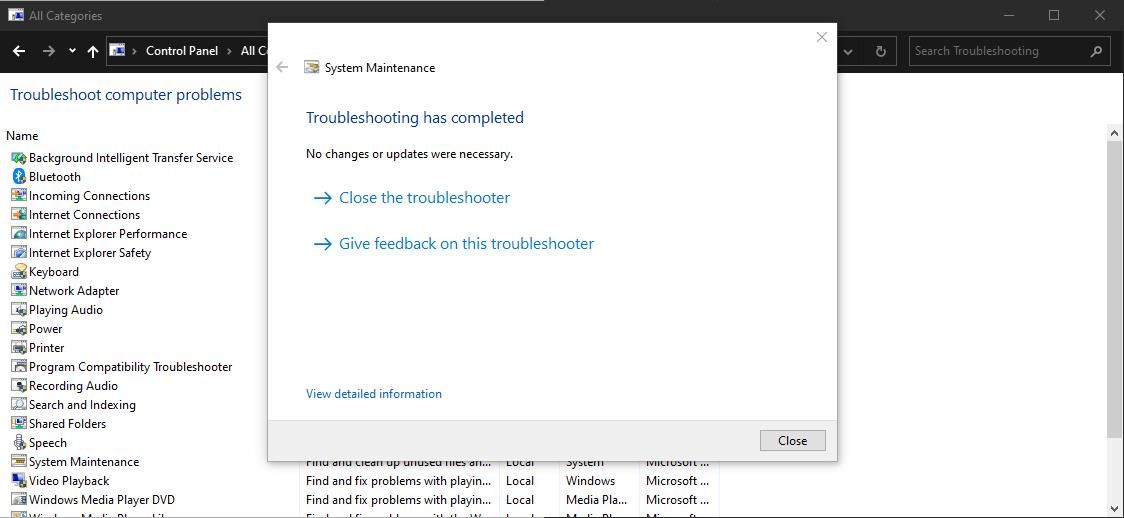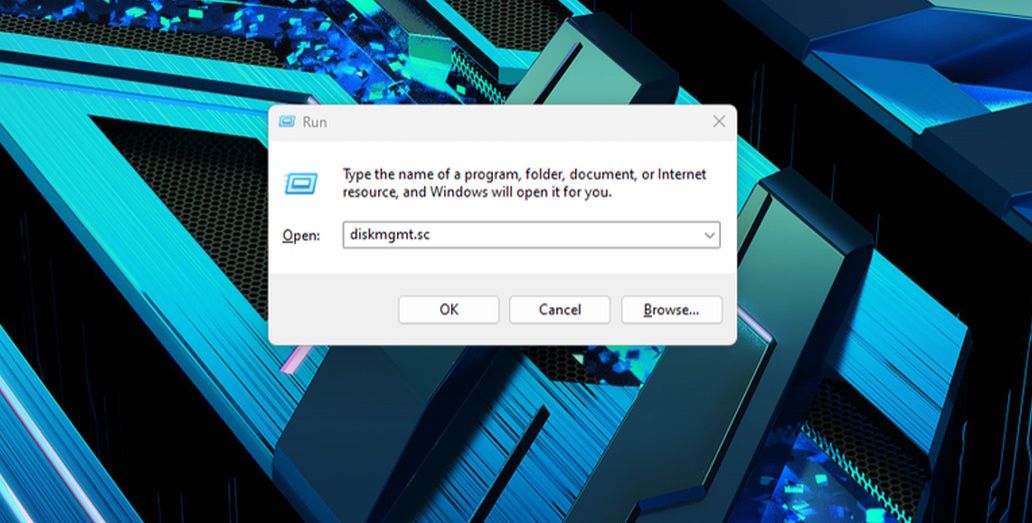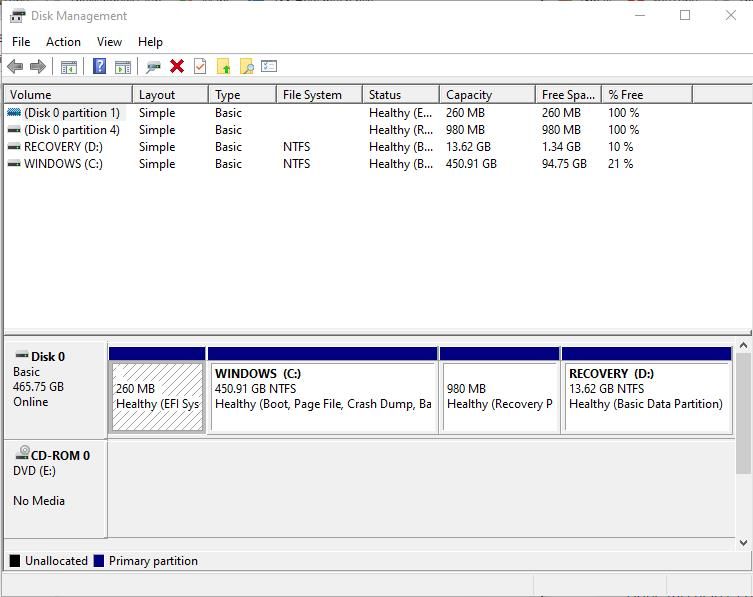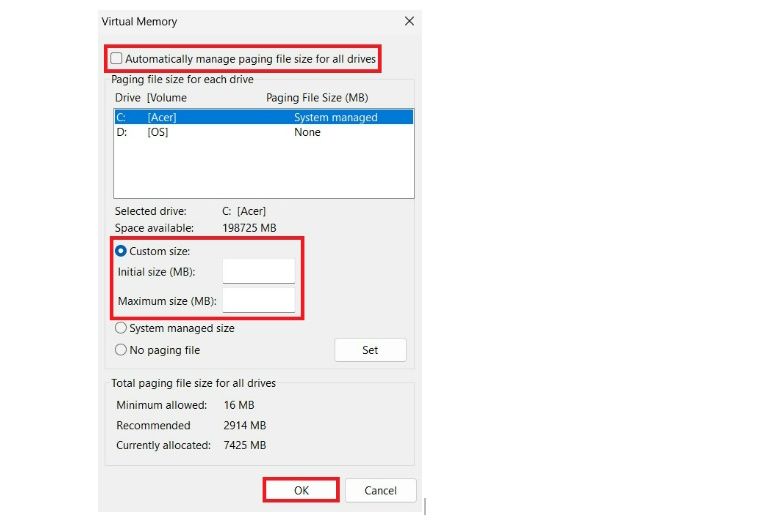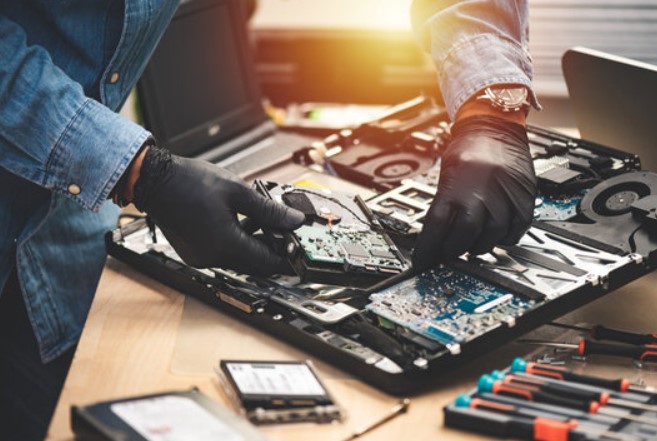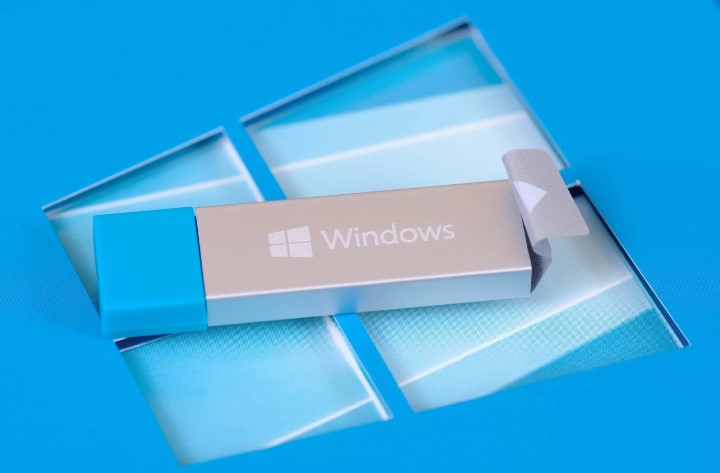How to Resolve the “Memory Cannot Be Read” Error on Windows 10

Pop-ups are one of Window’s ways of giving a system report or any other type of information. But sometimes, these pop-ups can be annoying, especially when there is no way to tell what it means. The “memory Cannot be Read” error pop-up is an excellent example of such a pop-up.
It is usually easier to ignore the pop-up, but when it occurs often, you may want to know how to eliminate it entirely. Luckily, this article explains all you need to know about this error – what it is, why it occurs and how you can quickly fix it.
What Is The Memory Cannot Be Read Error, and Why Am I Seeing This Pop-Up?
The “Instruction at 0x000… Referenced Memory at 0x000000000000. Memory Cannot Be Read” error is common with Windows 8 and 10 devices. It is pretty similar to the “Your Computer is Low On Memory” error, which affects Windows 11 devices as well.
This error usually happens after a Windows OS update or installation. However, it may also occur after the initial boot or when the PC lags while trying to run applications. Moreover, you may receive this error during shutdown after running many programs simultaneously.
There are several causes of the “Memory Cannot Be Read” error, including older system drivers, faulty CPUs, defective memory, corrupted files, or hardware conflicts. In some rare cases, it could result from a faulty hard drive.
You may also receive this message when a background process conflicts with the application you are trying to open. When this error pops up, the only thing to do is to click on the Ok button, which terminates the program in use.
Below, you’ll find five helpful troubleshooting methods to try out whenever you run into this error.
1. Run the System Maintenance Troubleshooter
The system maintenance troubleshooter automatically helps to check and fix maintenance issues on Windows devices. These issues include defective desktop shortcuts, dormant icons, and disk volume problems.
This troubleshooter has also proven to be a reliable fix for the “Memory Cannot Be Read” error. To use it, open the Control Panel by searching for it in the Windows start menu. Next, type Troubleshooting in the Control Panel search bar and press Enter.
After this, click on the View All button in the top left corner of the menu. You may have to wait a while for all the troubleshooting categories to load.
Then, click on System Maintenance > Advanced > Run as Administrator > Next and wait a few minutes for the troubleshooting process to complete.
If the Troubleshooter does not detect any problems, it will display “No Updates or Changes were necessary.” However, if there are problems on your computer, follow the instructions to finish the troubleshooting process.
2. Run a Clean Boot
If the troubleshooting process does not detect a problem or stop the error prompt from appearing, you will have to try this method.
A clean boot is a process that helps you check if any third-party application is interrupting the flow of your programs. It involves booting your device while all third-party applications are disabled.
Performing a clean boot can be challenging if it is your first time. However, you can do it without difficulty once you get the hang of it. If you’re confused about how to go about it, simply check out our guide on how to perform a clean boot on Windows 10.
A clean boot not only checks and reveals errors, but it can also help to install Windows updates properly. Moreover, if your device lags or performs poorly, it can help you pinpoint the cause.
3. Check for Corruption and Repair Using CHKDSK
This method requires you to check the device’s hard drive for corruption. The first step is to check the drive’s status using the Disk Management software. To do this, press Win + R and type diskmgmt.msc in the search bar that appears. Click OK.
Disk Management shows the color-coded status of all drives and partitions connected to your Windows PC. Black for unallocated partitions, blue for healthy partitions, and red for corrupt partitions.
Next, type Command Prompt in the Windows search bar and open the app. When the program opens, enter the command chkdsk /f to find and repair any corrupt sectors in the hard drive. You should note that the data in any repaired sector will be deleted.
When CHKDSK finishes running and repairing, reboot your computer and check the hard drive’s status in disk management.
As you can see, the command prompt is a handy tool for cleaning up your Windows PC. You can also use it to defragment your hard disk.
4. Disable Overclocking
Overclocking allows your CPU to run faster and perform more operations per second, increasing your PC’s speed and performance beyond the factory setting. While overclocking boosts the overall gaming experience, it can also cause a memory error prompt.
To disable overclocking, enter the BIOS on your Windows PC and select the Advanced tab. Next, go to Performance and look for the overclocking feature. Disable the feature and confirm your action by clicking Yes or Ok.
Some Windows PCs don’t have a direct method of disabling overclocking. As such, you must manually adjust the voltages for all the individual cores on your CPU. To do so, simply open the BIOS and revert the changes to CPU core ratio, CPU core voltage, and FSB frequency settings.
Alternatively, you can use third-party tools like MSI Afterburner and Razer Cortex to enable and disable overclocking on your PC.
5. Increase Virtual Memory
Increasing the size of your device’s Virtual Memory allows your PC to use memory from the hard drive when it has run out of RAM. This process is an integral aspect of the Windows Operating System and is known as Swapping.
To increase virtual memory, open the Control Panel and navigate to System and Security > System > Advanced System Settings. Open Settings under the Performance section and select the Advanced tab.
Next, click the Change button in the Virtual Memory Section and uncheck Automatically manage paging file size for all drives. Choose a custom size for your hard drive and click Ok to confirm your changes.
Other methods of dealing with the Memory Error issue include:
- Increasing your RAM size: This gives your device enough room to manage intensive applications and programs.
What Can I Do to Prevent Future Occurrences?
As effective as the above fixes may be, it’s always best to prevent issues before they come to your doorstep. Consequently, upgrading your PC’s memory is one of the best ways to avoid the “Memory Cannot Be Read” error.
Boosting your device’s memory will resolve most memory errors and increase your device’s performance. Consequently, devices with an optimized memory system are less prone to lagging than their counterparts.

